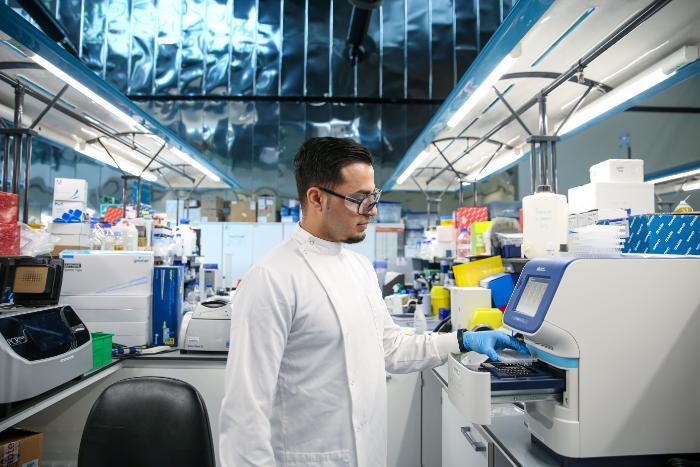
Industry collaboration
Work with Queen Mary through diverse industry partnerships, from knowledge transfer and strategic alliances to sponsored PhDs and degree apprenticeships, driving innovation across various fields.
24thin the world
for quality of research (THE World University Rankings 2025)
6thin the UK
for quality of research (THE World University Rankings 2025)
92%
of research assessed as internationally excellent or world-leading (REF 2021)
A research-intensive university rooted in the heart of East London’s global community.
By working with Queen Mary University of London, your business can:
- Access top-quality academic expertise and university facilities
- Gain an edge through accelerated innovation and creating Intellectual Property
- Work with our tech transfer office, Queen Mary Innovation, to develop early-stage innovation into impactful products and services
From collaborative R&D to industry PhDs, we work with companies big and small. See how we’re working across sectors to create impactful research and innovation:





